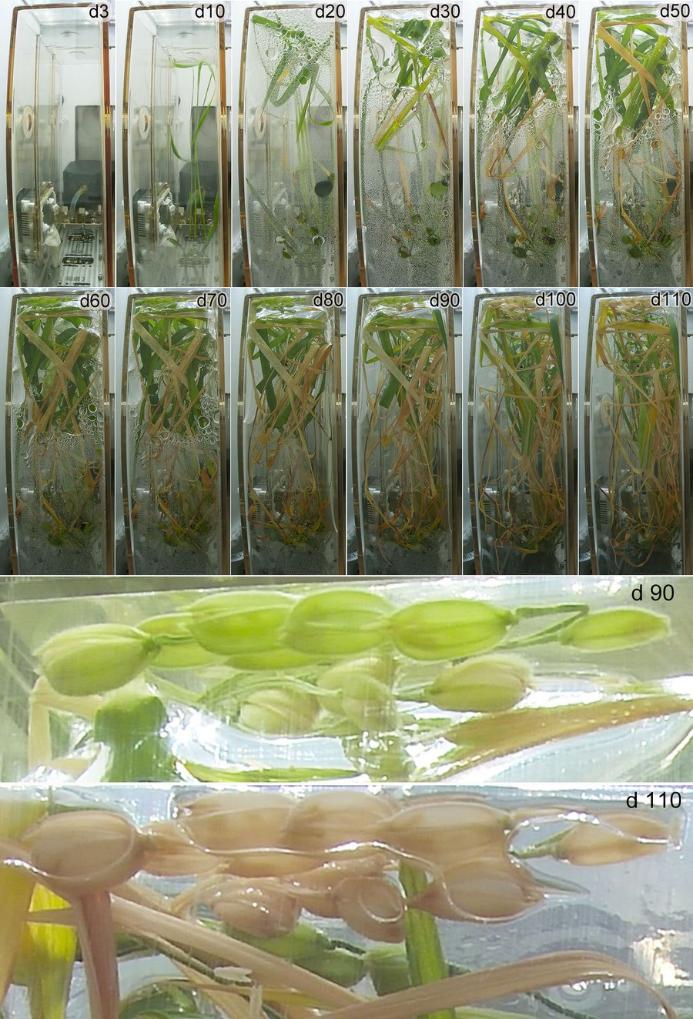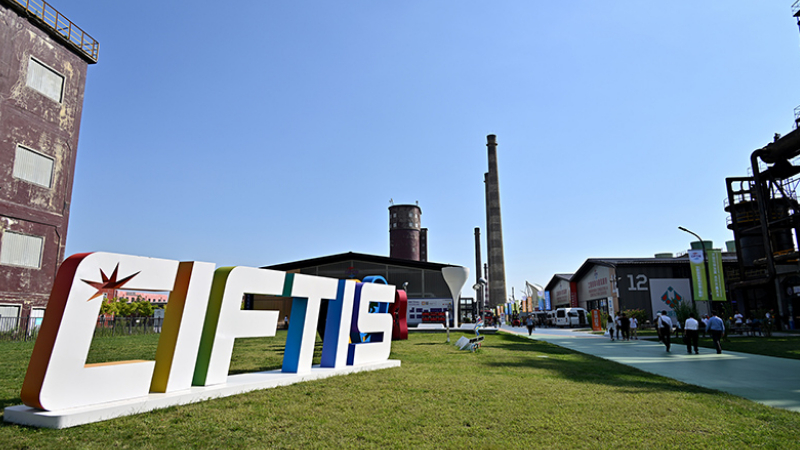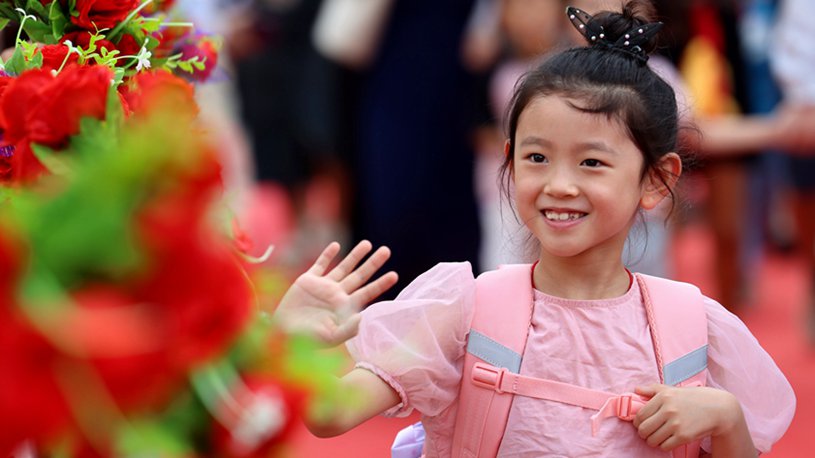
A researcher processes space scientific experimental samples at the Technology and Engineering Center for Space Utilization under the Chinese Academy of Sciences in Beijing, capital of China, Dec. 5, 2022. (Xinhua)
BEIJING, Sept. 1 (Xinhua) -- Upon a search for "space-bred seeds" on China's e-commerce giant JD.com, a stunning array of vegetables and fruits appears, each with remarkably positive user reviews.
"My kid likes it a lot and finds it interesting to observe the growth of these special plants," a customer review stated.
Over the decades, the plant seeds brought back from space have transcended their role in laboratory research. They have stepped into the daily lives of Chinese people, being utilized as food and serving as educational materials for curious children interested in science.
It was in 1987 that China sent its first crop seeds including rice and pepper into space, marking the start of the country's journey in space breeding. Over the past 30 years, it has conducted over 30 such space experiments involving plant seeds, seedlings and strains, resulting in the cultivation of almost 1,000 new varieties.
Space breeding refers to exposing seeds or strains to cosmic radiation and microgravity in space to mutate their genes, so as to create new species or varieties with greater performances like shorter growth periods, higher yield and better resistance to diseases.
At a space breeding base in Beijing's Tongzhou District, multiple intelligent greenhouses are used for growing crops that have traveled to space, including tomatoes, cucumbers, peppers and lettuce. The greenhouses are mainly used to evaluate and screen new varieties, a major step after mutant plants or seeds return to Earth.
"The screening and breeding process of different plants after returning to the ground varies in duration. For example, it takes more than 10 years to breed a new variety of alfalfa (a kind of perennial plant)," said Yang Hongshan, a senior breeding expert at the Chinese Academy of Agricultural Sciences.
So far, the main crops that were selected from space breeding and approved for large-scale cultivation have ranged from staple foods to vegetable crops such as rice, wheat, corn, pepper and tomato, according to Zhao Hui, general secretary of the Space Breeding Industry Innovation Alliance.
Zhao said that among the vegetable seeds carried by Shenzhou crewed spaceships, a total of more than 5,000 excellent mutant plants were produced and screened, with over 20 new varieties like pepper and tomato bred. The seeds of flowers and Chinese herbs surviving a space trip also saw an increase in their yields.
More than 125 new rice varieties have been developed in the span of nearly 30 spaceflights, the China Manned Space Agency quoted data as saying. Among them, nearly 10 varieties, which include Huahang-51 and Huahang-57, brought back by the Shenzhou-10 spaceship have been planted on a large scale in recent five years. The varieties that have traveled to space demonstrate their value through increased yields and enhanced resistance.

This combo photo shows representative images of rice samples at different stages in life ecology experiment cabinet of China's Wentian lab module, with figures at the upper right corner of each image marking the number of days since the experiment started. (Xinhua)
In terms of scientific research, China's space rice breeding experiments stand at the forefront globally. Last December, with the return of the Shenzhou-14 spaceship, it was announced that space rice seeds had been successfully obtained during a 120-day life cycle experiment of onboard rice seeds from Earth. This result is the first of its kind worldwide.
The successful seed breeding of plants and their generation alternation in space are essential to ensure that human beings have the ability to survive in extraterrestrial space for a long time, said Zheng Huiqiong, who leads the space rice seed experiment and is also a researcher at the Chinese Academy of Sciences.
According to a report by the Science and Technology Daily, the cumulative planting area of new space breeding varieties like crops, vegetables, grasses and flowers has exceeded 2.4 million hectares, contributing an expected direct economic value of more than 200 billion yuan (about 27.86 billion U.S. dollars).
Morel mushroom, an edible fungus, had previously faced the problems of strain degeneration, unstable production and low yield. Researchers from the Kunming Institute of Botany (KIB) under the Chinese Academy of Sciences sent this rare mushroom species into space onboard the Shenzhou-12 and Shenzhou-14 spaceships for mutation, and eventually bred varieties that are resistant to high and low temperatures, drought and multiple diseases.
The space-bred variety "Nongtou-1" is larger in size and has a stronger fragrance than the ordinary morel mushrooms. Projections indicate that this year's yield could reach 480 kg per mu (about 7,200 kg per hectare), a notable increase compared to the ordinary varieties, which usually yield around 150 to 200 kg per mu.
"The mushroom that survives a space trip smells even better," a researcher from the KIB said. ■











